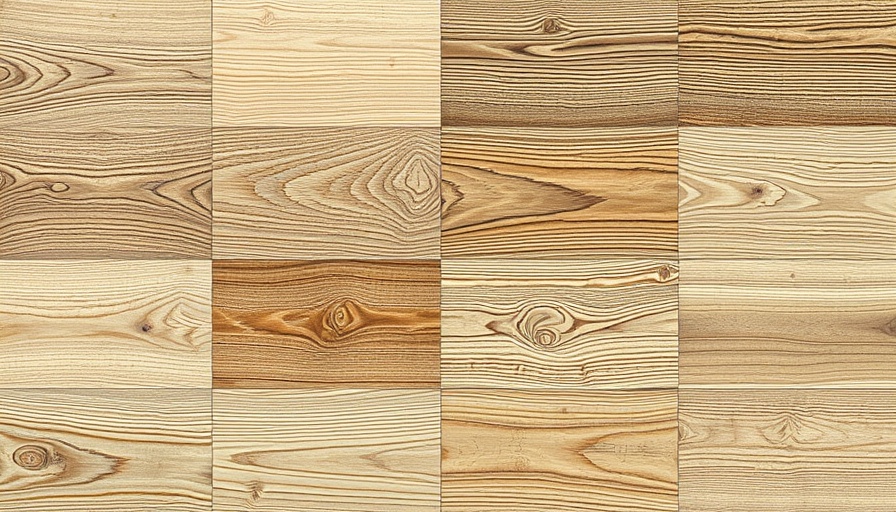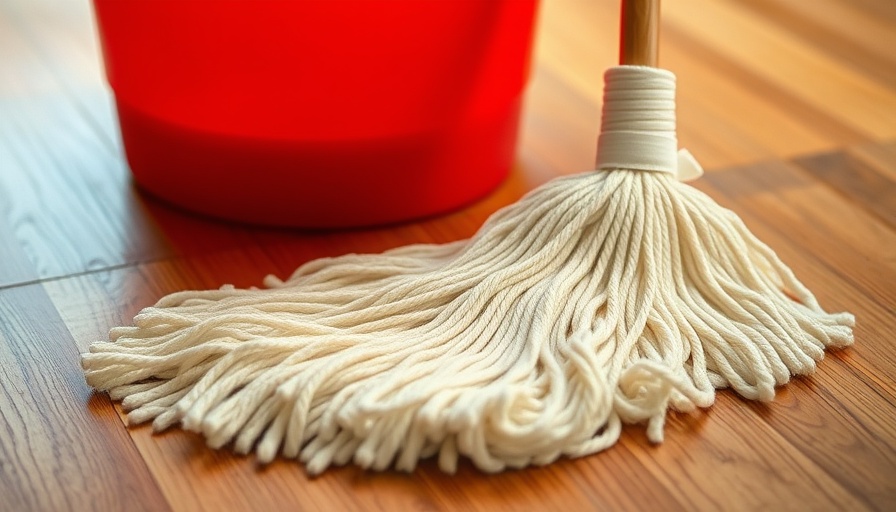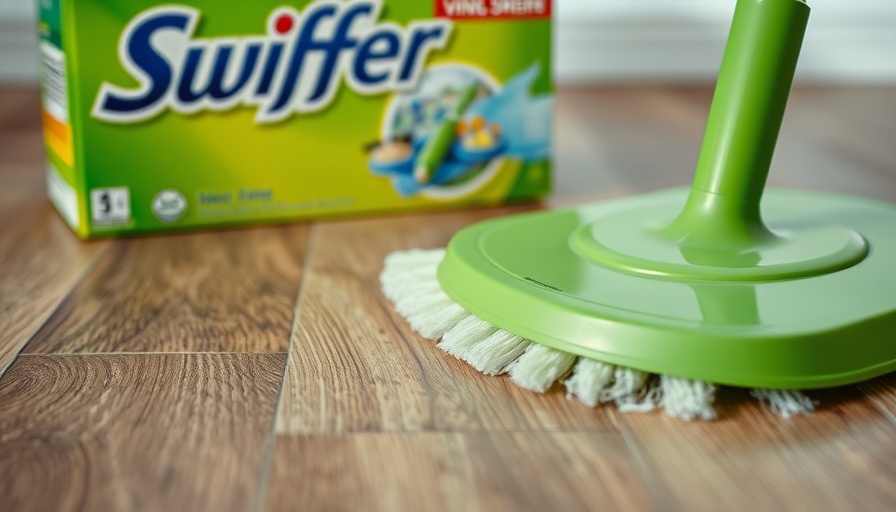
Understanding SPC and WPC Flooring: A Comprehensive Overview
When it comes to upgrading your flooring, two popular options that often come up are Stone Plastic Composite (SPC) and Wood Plastic Composite (WPC) flooring. Both alternatives are recognized for their durability and water resistance, making them appealing choices for homeowners in search of reliable flooring solutions. But how do they differ?
What is SPC Flooring?
SPC flooring is known for its robust construction, which includes a core made from a mixture of limestone and stabilizers. This blend creates a rigid and indestructible flooring option that can withstand heavy foot traffic and is resistant to water damage. Its layered structure typically includes a backing layer, a solid SPC core, a printed vinyl layer for style, and a wear layer that protects against scratches and dents.
The Layers of WPC Flooring
On the other hand, WPC flooring incorporates a different philosophy in design, particularly regarding the comfort level. WPC features a core made of PVC with added wood fibers, providing a softer underfoot feel compared to SPC. Like SPC, WPC flooring consists of several layers: a backing layer, a resilient WPC core, a printed vinyl layer that enhances aesthetics, and a protective wear layer.
Feature-wise Comparison: Cost and Comfort
Cost is often a decisive factor when choosing between SPC and WPC flooring. Generally, WPC is priced higher due to its added comfort and insulation qualities, which can make homes feel warmer during colder months. Conversely, SPC flooring is budget-friendly, offering similar durability at a lower price point. However, while SPC is less flexible, it is immensely durable, suitable for high-traffic areas and commercial settings.
Durability and Maintenance: Which Lasts Longer?
In terms of longevity, both SPC and WPC flooring are designed to last, but their construction leads to differing care requirements. SPC's rigid core contributes to its resistance against rips and tears, making maintenance straightforward—often limited to regular sweeping and occasional mopping. WPC, although also durable, may require more care due to its softer core. Homeowners should ensure that heavy furniture is moved carefully to avoid indentations.
Installation Process: A Step-by-Step Guide
The installation process can influence the decision as well. Both options can be installed through a floating installation method, which means they can be placed over existing floors without the need for glue or nails. This feature makes them particularly appealing for DIY projects. Prior to installation, surface preparation is essential to ensure a smooth and long-lasting floor.
Making the Right Choice for Your Home
Ultimately, choosing between SPC and WPC flooring should depend on your specific needs. Those looking for high durability and cost-effective flooring options may lean towards SPC, whereas homeowners who prioritize comfort and aesthetic appeal may opt for WPC. Understanding your lifestyle needs can greatly inform your decision.
Conclusion: Invest Wisely in Your Flooring
As you contemplate elevating the ambiance of your home through flooring, consider the distinctions between SPC and WPC. An informed decision will not only enhance the visual appeal of your space but also ensure longevity, durability, and satisfaction in your choice.
 Add Row
Add Row  Add
Add 


Write A Comment